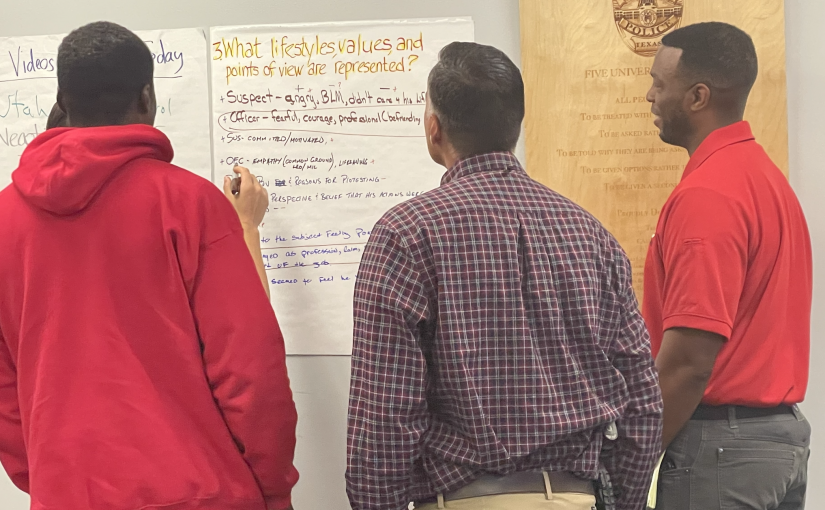Training the Trainers in Media Literacy
Applying Critical Thinking to Training Videos

Long before individuals decide to apply to the police academy, they have formed opinions about law enforcement from the variety of media sources that now influence the entire landscape of policing, affecting the public and police alike. As social media becomes a routine part of most people’s daily lives, many feel empowered to post content and disclose information that depicts law enforcement activities. On popular YouTube channels, audiences can readily scrutinize the actions of police and community members, viewing footage from surveillance cameras, public recordings of police, and body-worn cameras. A growing number of people in the United States believe that it is important to document police encounters to limit abuses of power.1
At the same time, most people are largely unaware of the many ways that mass media and social media depictions of crime affect people’s attitudes, beliefs, and behaviors. The research literature on this topic is plentiful. For example, people who watch local TV news are more likely to believe that crime is rising than other members of society.2 Watching television news and crime-based reality programs affects how individuals view sentencing decisions, even after controlling for sociodemographic characteristics and experiences with crime such as fear, past victimization, and prior arrests.3
People’s understanding of crime is also shaped by crime TV shows, which are among the most popular forms of entertainment. In one study, researchers examined more than 350 recent episodes from this genre and found that the great majority of TV shows depicted criminal justice professionals as committing wrongful actions in a way that normalized them—making bad actors seem good and wrongful actions seem right. In many movies and TV shows, criminal justice professionals who are portrayed as “good guys” commit more wrongful actions than those depicted as “bad guys.”4


